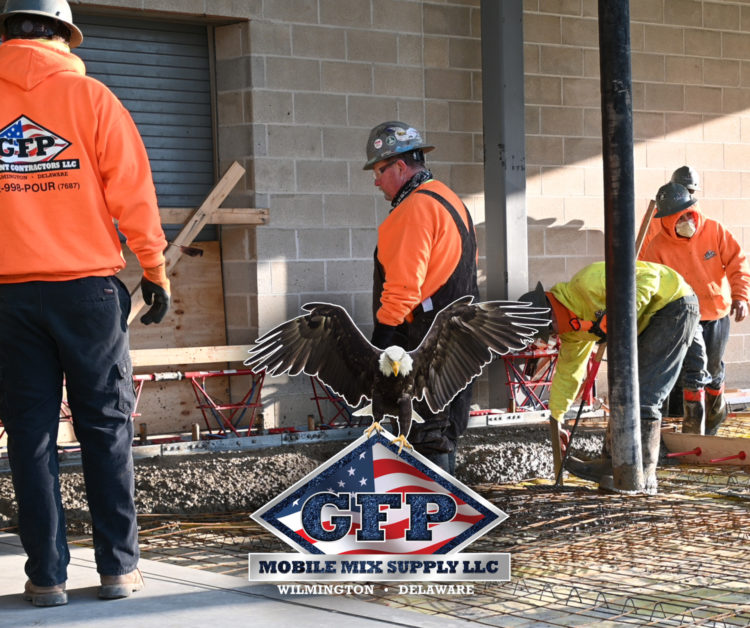Concrete is a versatile material and it is used more than any other man-made substance in the world. However, using it isn’t a pour and walk away project, and there are some considerations to keep in mind, especially during the summer months. Here is what you need to know before beginning your summer work projects.
1. Finishing Problems
During the summer, concrete can set faster than on cooler days. This can make it very difficult to level and smooth before it sets. Unless planned for ahead of time your surface could end up with uneven areas and deformities that could result in an unsatisfied customer. Make sure to take precautions before pouring on hot days to ensure that your finished project isn’t ruined by the heat.
2. Increased Risk of Cracking
Hot weather and windy, dry conditions all contribute to an increase in evaporation. These factors can wreak havoc on the top layer of your slab, and as the water evaporates from the mix it can dry out and make the concrete more susceptible to cracking.
3. Hot Weather Shrinkage
Hot weather and dry conditions can also contribute to shrinkage. While a wet slab will always have a different volume than a dry one, this is more so obvious in summer conditions. The increased evaporation is one of the top contributors to this problem. However, while it may be tempting to add more water to your ready mix concrete, this can exacerbate the problem and create even more shrinkage.
4. Reduced Strength
As concrete slabs are set during the hydration process, water is absorbed and crystals are formed. These crystals contribute to the overall strength of the slab. However, in hot conditions, this process is sped up and the mix has less time to hydrate resulting in fewer crystals. Because of this, slabs poured in hot conditions have a greater chance of having decreased durability and strength.
Summer can make pouring concrete difficult, but with some planning and forethought, you can mitigate these risks and finish customer projects without ending up with a subpar result. Planning out the timing and using sunshades and windbreaks can help during this process and ensure that the concrete can set properly with the correct durability, smoothness, and strength.



